Does Smoking or Drinking Alcohol Affect the Longevity of Whitening or Restoration Treatments?
In the quest for the perfect smile, many turn to teeth whitening and restoration treatments to enhance their dental aesthetics. However, maintaining these treatments can be a challenge, especially when lifestyle habits like smoking and alcohol consumption come into play. Understanding how these factors influence the effectiveness and longevity of dental treatments is crucial for those seeking to optimize their investment in a healthier, brighter smile. This article explores the impact of smoking and alcohol on the longevity of whitening and restoration treatments, providing valuable insights for dental patients, especially within the American context, where lifestyle and dietary habits significantly impact oral health.
The Mechanisms of Smoking and Its Impact on Dental Aesthetics
Smoking is a well-known adversary to oral health, and its effects extend to the longevity of whitening and restoration treatments. Cigarettes contain thousands of chemicals, including tar and nicotine, which can stain teeth and undermine the effects of whitening procedures. When smoke particles come into contact with teeth, they penetrate the enamel, leading to discoloration that diminishes the initial results of teeth whitening treatments. Over time, the accumulation of these stains can make teeth whitening less effective and require more frequent touch-ups.
For individuals with restorations such as veneers or crowns, smoking poses additional risks. The heat from smoking can weaken the bond between the dental restoration and the tooth, potentially leading to premature wear or failure. Moreover, smokers tend to have a higher plaque and tartar build-up, which can cause gum disease that might compromise the stability of dental restorations. Therefore, quitting smoking is highly recommended to preserve both the aesthetic and structural integrity of dental treatments.
Alcohol Consumption and Its Influence on Whitening and Restoration
Alcohol, particularly in excessive amounts, can also detrimentally affect the success of dental treatments. Many alcoholic beverages, such as red wine, are notorious for their staining properties. Polyphenols, the natural compounds found in wine, can easily adhere to the enamel and dental restorations, causing discoloration similar to that from smoking. While using a straw can minimize contact with teeth, reducing alcohol intake is more effective in preserving the results of whitening treatments.
Furthermore, alcohol can alter the acidity in the mouth, leading to erosion of enamel and weakening of restorations. This increased acidity creates an environment conducive to bacterial growth, potentially resulting in cavities and the need for additional dental work, which can be costly and diminish the lifespan of existing restorations. Patients are advised to maintain moderation in drinking habits and follow good oral hygiene practices to mitigate these effects.
The Combined Effects: Smoking and Drinking
The combination of smoking and drinking alcohol exacerbates the negative impact on dental treatments. Both habits are major risk factors for oral cancers, gum disease, and tooth decay, all of which threaten the durability of whitening and restorations. When both smoking and alcohol use are present, their combined effects can accelerate the rate of discoloration, weaken teeth, and impair the stability of dental restorations.
Research indicates that individuals who smoke and drink heavily are more likely to experience complications with dental treatments. For example, a study published in the "Journal of Dentistry" found that patients who smoked and consumed alcohol regularly required dental touch-ups more frequently compared to those who did neither. This increased maintenance not only affects the lifespan of dental treatments but also incurs higher costs over time.
Prevention and Maintenance Strategies
To enhance the longevity of whitening and restoration treatments, adopting preventative measures and maintenance strategies is vital. Regular dental check-ups allow dentists to identify and address potential issues before they exacerbate, ensuring the longevity of treatments. Additionally, using whitening toothpaste can help maintain results between professional sessions, while dental cleanings remove plaque and tartar build-up that contribute to staining and deterioration.
Patients are also encouraged to maintain healthy lifestyle choices, such as quitting smoking and moderating alcohol consumption. Alongside these, adhering to a strict oral hygiene routine—including brushing twice daily, flossing, and using mouthwash—assists in preserving the aesthetics and functionality of dental treatments. At Dentistry Toothtruth, we provide customized dental care plans tailored to each patient's unique needs, maximizing the effects of your dental investment.
Conclusion: Make Informed Choices for Lasting Results
In conclusion, both smoking and drinking alcohol have significant effects on the longevity of teeth whitening and restoration treatments. By understanding the mechanisms through which these habits detract from oral health, patients can make informed decisions to preserve the integrity of their dental aesthetics. At Dentistry Toothtruth, we advocate for lifestyle modifications and regular dental care to ensure your smile remains vibrant and healthy for years to come. Should you be committed to optimizing your dental treatments, consider reducing or eliminating these habits and consult with your dental professional for personalized advice.

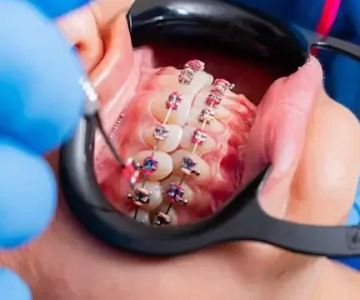
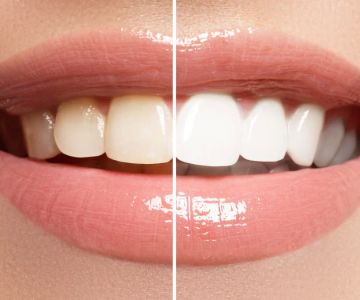
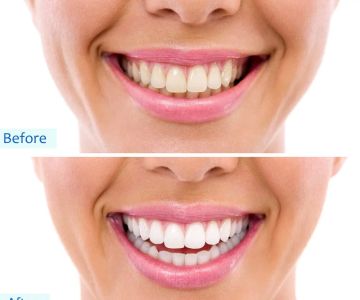
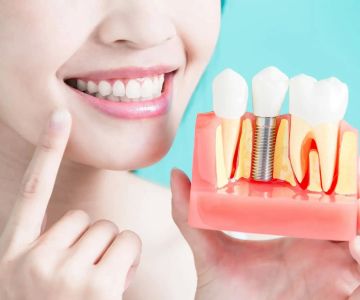
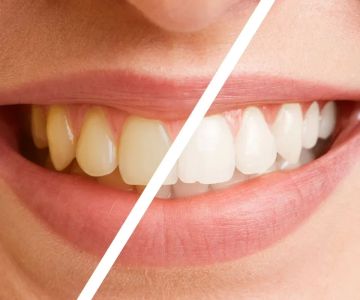

 Westgate Dental Arts
Westgate Dental Arts Coventry Family Dental
Coventry Family Dental Familia Dental
Familia Dental Dr. Daniel S. Fife, DDS
Dr. Daniel S. Fife, DDS Dentistry At Suburban Square: Michael I. Wollock, DMD
Dentistry At Suburban Square: Michael I. Wollock, DMD Comfort Care Dental
Comfort Care Dental The Importance of Oral Health Education During Pregnancy for a Healthy Pregnancy
The Importance of Oral Health Education During Pregnancy for a Healthy Pregnancy Why Skipping Dental Checkups Can Lead to Bigger Oral Health Problems
Why Skipping Dental Checkups Can Lead to Bigger Oral Health Problems Advantages of Porcelain Dental Restorations
Advantages of Porcelain Dental Restorations Best Tips for Brushing Your Teeth Properly for Healthy Gums: Essential Techniques for Oral Health
Best Tips for Brushing Your Teeth Properly for Healthy Gums: Essential Techniques for Oral Health How Can Diabetes Cause Tooth and Gum Problems? Preventing and Managing Oral Health Issues
How Can Diabetes Cause Tooth and Gum Problems? Preventing and Managing Oral Health Issues Healthy Habits for Promoting Good Oral Health and Hygiene: Tips for a Healthy Smile
Healthy Habits for Promoting Good Oral Health and Hygiene: Tips for a Healthy Smile